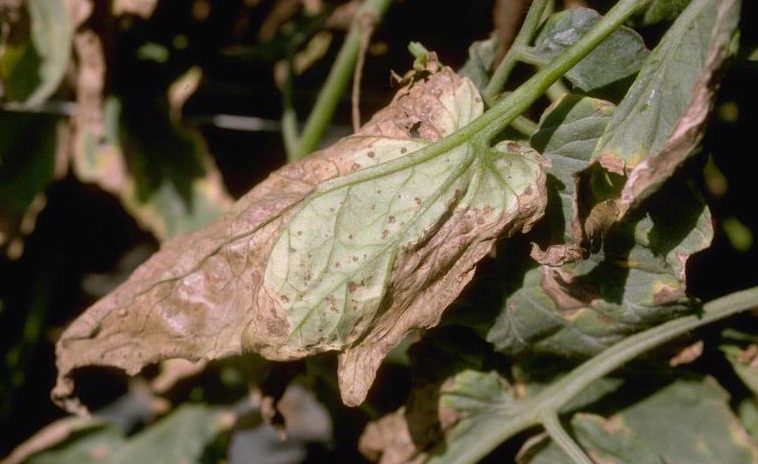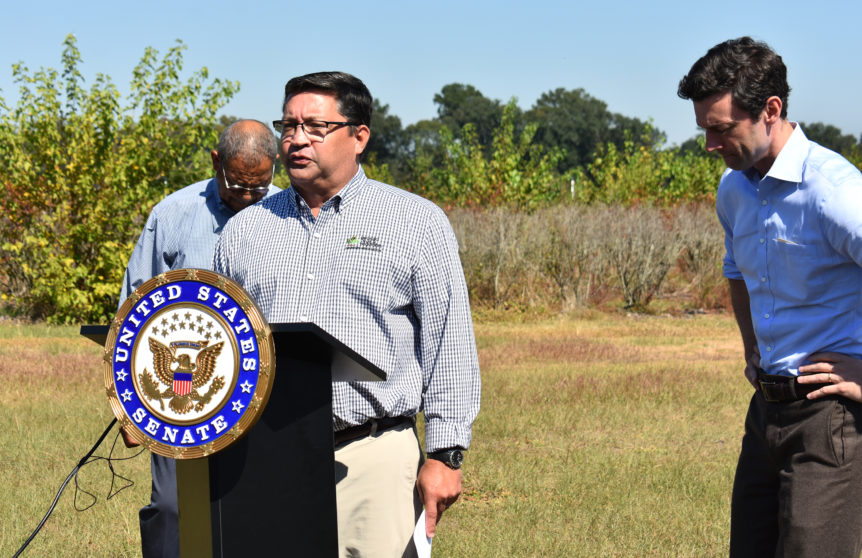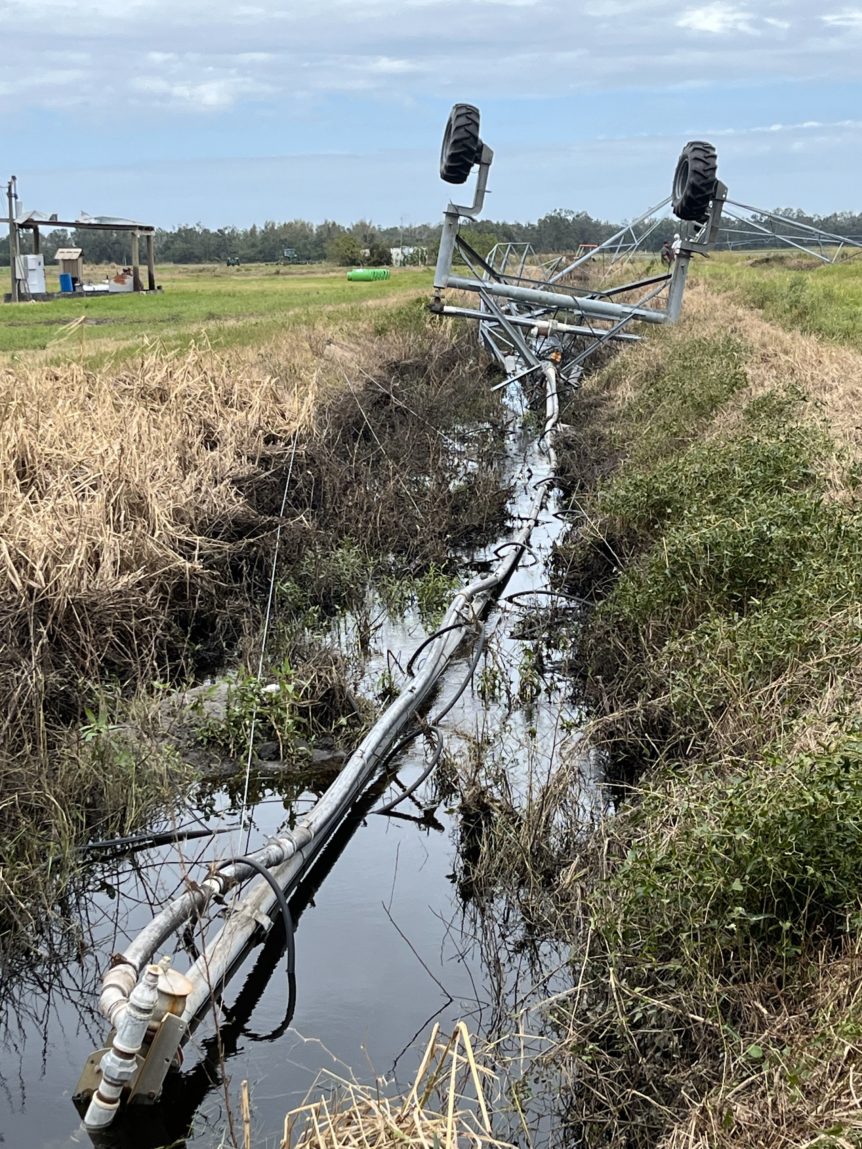By David Riley and Alton Sparks The pepper weevil (Figure 1) is one of the most serious pests of peppers in the Americas. This weevil was introduced into the United States from Mexico as early as 1904(Elmore et al., 1934). The weevil can effectively shut down pepper production if not controlled early enough in the growing season. Even with the …
Herbicide Recommendations for Pepper Production
By Nathan Boyd Weed management can be a significant issue for many farms that grow peppers using a plasticulture production system. Nutsedge species can penetrate plastic mulches, and broadleaf weeds and grasses can emerge in the planting holes or in the rows between the raised, mulch-covered beds. Fumigants are an important component of weed management. However, except for metam products, …
UF Program Aims to Build Better Peppers
By Karla Arboleda Desirable pepper qualities for consumers include taste, color and spice. And for growers, that list includes nematode resistance. Bala “Saba” Rathinasabapathi, professor of horticultural sciences at the University of Florida Institute of Food and Agricultural Services, is breeding seeds to give consumers the best peppers possible. His lab takes an angle toward quality improvement and working with …
Controlling Bacterial Spot on Tomatoes and Peppers
Alabama Extension wants those growing tomatoes and peppers to be aware of bacterial spot, a common disease on the leaves of those two plants. There are several steps growers can take to control and prevent the disease, which involves using multiple management tactics. Controlling the disease with chemicals alone usually results in failure. Steps growers can take include rotating fields …
Managing Phytophthora Blight in Peppers
By Alison DeLoach Phytophthora blight is a disease that can destroy pepper crops. Mary Hausbeck, a professor and Extension specialist in plant pathology from Michigan State University, spoke at the Southeast Fruit and Vegetable Conference about research she is conducting to help growers better understand this disease. Hausbeck tells growers site selection is one of the most important factors to …
The Pepper Weevil Problem
By Ernie Neff University of Florida Institute of Food and Agricultural Sciences (UF/IFAS) entomologist Hugh Smith says the pepper weevil is a major challenge to growers because it’s “a primary pest that directly attacks the marketable part of the fruit.” Smith, associate professor at the Gulf Coast Research and Education Center in Wimauma, says the pepper weevil attacks all types …
Pepper Weevil Woes
Pepper weevil has been a problematic pest in Georgia peppers, and now it appears to be moving into other crops. David Riley, a professor of entomology at the University of Georgia, has been studying pepper weevil since he received his doctorate nearly 30 years ago, and he was shocked to see this pest spread to other hosts. According to Riley, …
FAMU’s Programs Help Tomato and Pepper Growers in Florida
Researchers at Florida Agricultural and Mechanical University (FAMU) are working to give growers hands-on help for pest and disease management. The Center for Biological Control in the College of Agriculture and Food Sciences at FAMU provides effective integrated pest management (IPM), said Muhammad Haseeb, assistant professor at the center. The center’s program gives solutions to help growers tackle issues they …
Stats Don’t Lie: GFVGA Executive Director Explains Need for Assistance with Imports
By Clint Thompson Statistics support claims by industry experts that imports are negatively impacting fresh fruits and vegetables being produced across the Southeast. It’s why Chris Butts, executive director of the Georgia Fruit and Vegetable Growers Association (GFVGA), has been adamant that legislative help is needed and why the Protecting Our Produce Act would be a good first step for …
Specialty Crop Grower Magazine: 2024 Hurricanes Rock Fruit, Vegetable Producers
By Clint Thompson and Frank Giles The fall of 2024 will not soon be forgotten by specialty crop growers in the Southeast after Hurricanes Helene and Milton roared ashore bringing far-reaching impacts to crops and infrastructure. While the true fallout of the storms will take months to realize, early reports show the level of damage growers are dealing with in …












